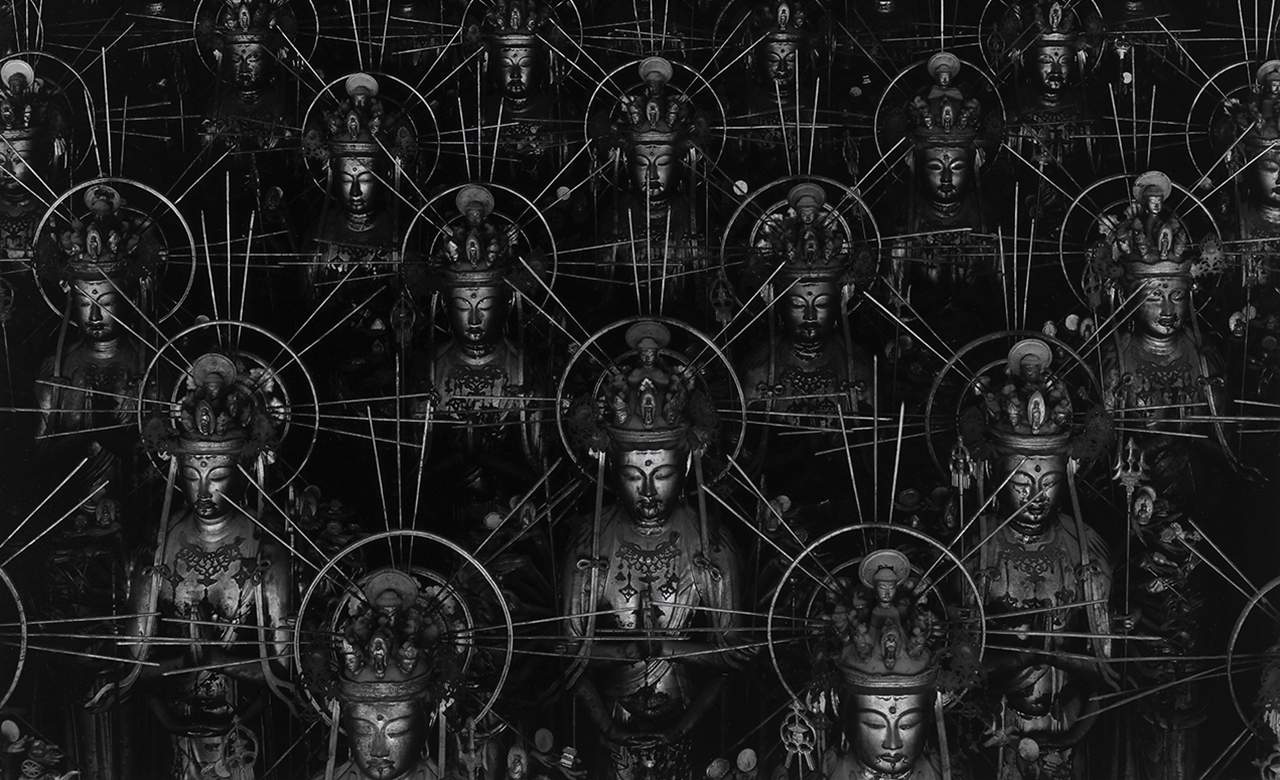We Can Make Another Future: Japanese Art After 1989
When the Heisei era began in 1989, art evolved with it.
Overview
When is an art exhibition more than just an art exhibition? When it offers a history lesson as well. That’s exactly what We can make another future: Japanese art after 1989 serves up. Featuring around 100 works by over 40 contemporary Japanese artists, it showcases the best from the country’s modern art scene, as well as reflecting upon its time period.
Japan’s imperial calendar holds the key, trading in eras to match the reign of the nation’s Emperors. The current Heisei era began in 1989, when Akihito took the throne after the passing of his father. With a new symbolic head of state came change across the country, filtering through everything from uncertain economic times to increased international interest in its culture.
Twenty-five years into the Heisei period, We can make another future: Japanese art after 1989 charts the evolution of art in response: the trends, the critiques, the statements and the practitioners. The free exhibition started in September, with new artworks added in mid December.
Image: Hall of Thirty-Three Bays (nos 1-24) 1995 by Hiroshi Sugimoto.







